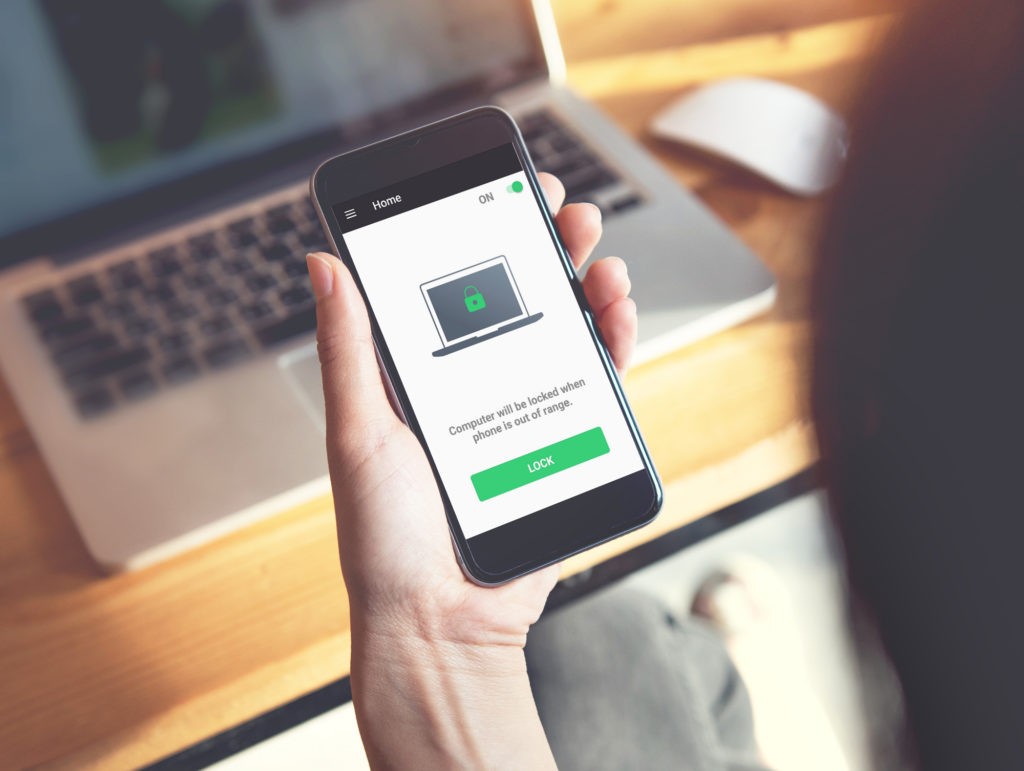
What is Proximity Authentication?
The process of authenticating a person's identity through the validation of presence. Proximity authentication involves using either sensors to determine how close the a key (token or phone) is or an older example of motion detectors to catch a person's arrival. One of the leading benefits of proximity authentication is that is greatly reduces the potential attack vector down to right geographically. If a system relies on a person actually showing up for something, then it makes it extremely difficult for anyone not there to try to hack the system.
Proximity authentications are a process that validates a person’s identity using distance as a key factor. Consider it as a passwordless mode of the security environment that requires the physical presence of the individual to log in or out of applications, unlock your computer or other electronic devices. The users need a secondary device or sensor such as a smartphone or any wearable near the primary device for successful authentication. The primary device embodies motion detectors or sensors to determine the arrival of a person or how close they are to the device or resource.
The biggest advantage of a proximity authentication system is its blazing-fast speed. Users no longer need passwords to remember, PINs, or QR scans to log in. Another highlighted benefit is that it significantly reduces the chances of potential cyberattack. For a system relying on the presence of an individual, it’s tremendously difficult for anyone not presents there to even try to hack the system. For this reason, companies across the world are increasingly incorporating proximity authentication to create a secure access point where the users don’t have to manually enter the password or change it regularly to maintain an airtight security system.
Proximity authentication requires users to have a secondary device within the range of the host device to log in and out of it using a communication protocol. Here are some of the communication protocols used in proximity authentication. See how proximity 2FA authentication differs from other 2FA solutions.
BLE
Bluetooth Low Energy is an ideal choice for short-range proximity authentication. Many organizations adopt BLE for seamless desktop log-in – moving a step closer to a world “free of passwords.”
Wi-Fi/Network Access
As the name indicates, this protocol covers a bigger area and allows users to authenticate their identity while present within a particular location. Here, the host device is connected to a local area network (LAN) and can cover all the employees working in a building or a huge federal compound.
Geolocation/Geofencing
Another communication protocol that’s used to verify a user’s location and allow or disallow access to the system.
Simply put, proximity authentication is a touchless, contactless, and password-less system of authenticating a user’s identity – and keeping unauthorized parties away from accessing the private data.
Enterprise 2FA and password manager. One key for all your passwords. Experience fully automated login and security. For example, faster MFA, auto-OTP, password manager, and worry-free workflow with proximity-based privileged access management for Windows 11, 10, 8, 7, VPNs, websites, and desktop applications including MES, EHR, CAD, and more. Overall, a massive upgrade to security and efficiency.
or call 240-547-5446

